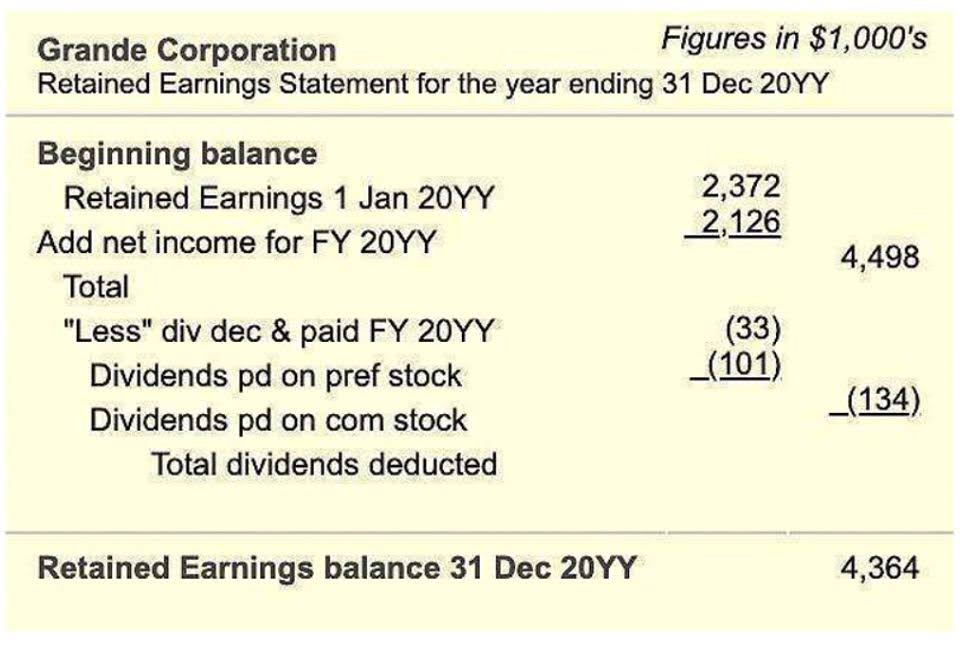What is a Schedule K-1 Tax Form?

Schedule K-1 requires the partnership to track each partner’s basis in the partnership. In this context, basis refers to a partner’s investment or ownership stake in the enterprise. A partner’s basis is increased by capital contributions and their share of income. Schedule K-1 is similar to Form 1099, in that it reports dividends, interest, and other annual returns from an investment. Whether you receive a K-1 or a Form 1099 depends on the investment.

Let a small business tax expert do your taxes for you
- Otherwise, they may not get their K-1s in time to file their returns by their original due date, April 15.
- Under Internal Revenue Code (IRC) Section 701, partnerships do not pay income tax.
- For example, companies must issue to their partners K-1s that provide details on their share of yearly earnings, their share of dividends and interest earned from the investment and other information.
- Here you’ll report your share of any other rental income you earned from the partnership.
- This means you can reduce your focus on reading and focus more on your knitting.
- If your LLC is taxed as a partnership or S corporation, you will receive a Schedule K-1.
If they distribute property or allocate an item to any beneficiaries, they must also file K-1 schedules for those individuals. Some exchange-traded funds (ETFs) operate as limited partnerships and issue K-1s to investors, such as what does k1 mean the United States Copper Index Fund. If you get a K-1 and don’t know why, it could be because you invested in a similar ETF. Although these forms are similar, in this guide we’ll focus exclusively on Schedule K-1 of Form 1065, to be filed by partnerships. Here you’ll report any royalties you received during your dealings with the partnership.
Capital Gains
Bankrate.com is an independent, advertising-supported publisher and comparison service. We are compensated in exchange for placement of sponsored products and services, Legal E-Billing or by you clicking on certain links posted on our site. Therefore, this compensation may impact how, where and in what order products appear within listing categories, except where prohibited by law for our mortgage, home equity and other home lending products.
Taxes:
Ordinary business income from Line 1 of the K-1 is typically reported on Schedule E (Supplemental Income and Loss), while dividend income is transferred to Schedule B (Interest and Ordinary Dividends). Capital gains are reported on Schedule D (Capital Gains and Losses). These schedules feed into Form 1040, ensuring the income is properly reflected in your total taxable income. Allocations distribute income, gain, loss, deduction, or credit among partners and are typically governed by the partnership agreement. These allocations must meet the substantial economic effect test under IRS rules, which ensures they have meaningful financial consequences beyond tax benefits.

Latest Products

Another reason knitting abbreviations are used is to make the knitting pattern easier to read. The more you read and use this style of shorthand, the quicker and easier the pattern instructions are to read. This retained earnings isn’t the only reason why you should be aware of knitting abbreviations and terms though.

TurboTax Online: Important Details about Filing Simple Form 1040 Returns
Any excess is treated as a capital gain, underscoring the importance of tracking basis adjustments. Trust beneficiaries face specific rules, such as the “tier system,” where income is taxed to the beneficiary while the principal generally remains untaxed unless otherwise specified in the trust agreement. Recourse liabilities are allocated based on partners’ risk of loss, while nonrecourse liabilities are generally distributed according to profit-sharing ratios.

Leave a Reply
Want to join the discussion?Feel free to contribute!